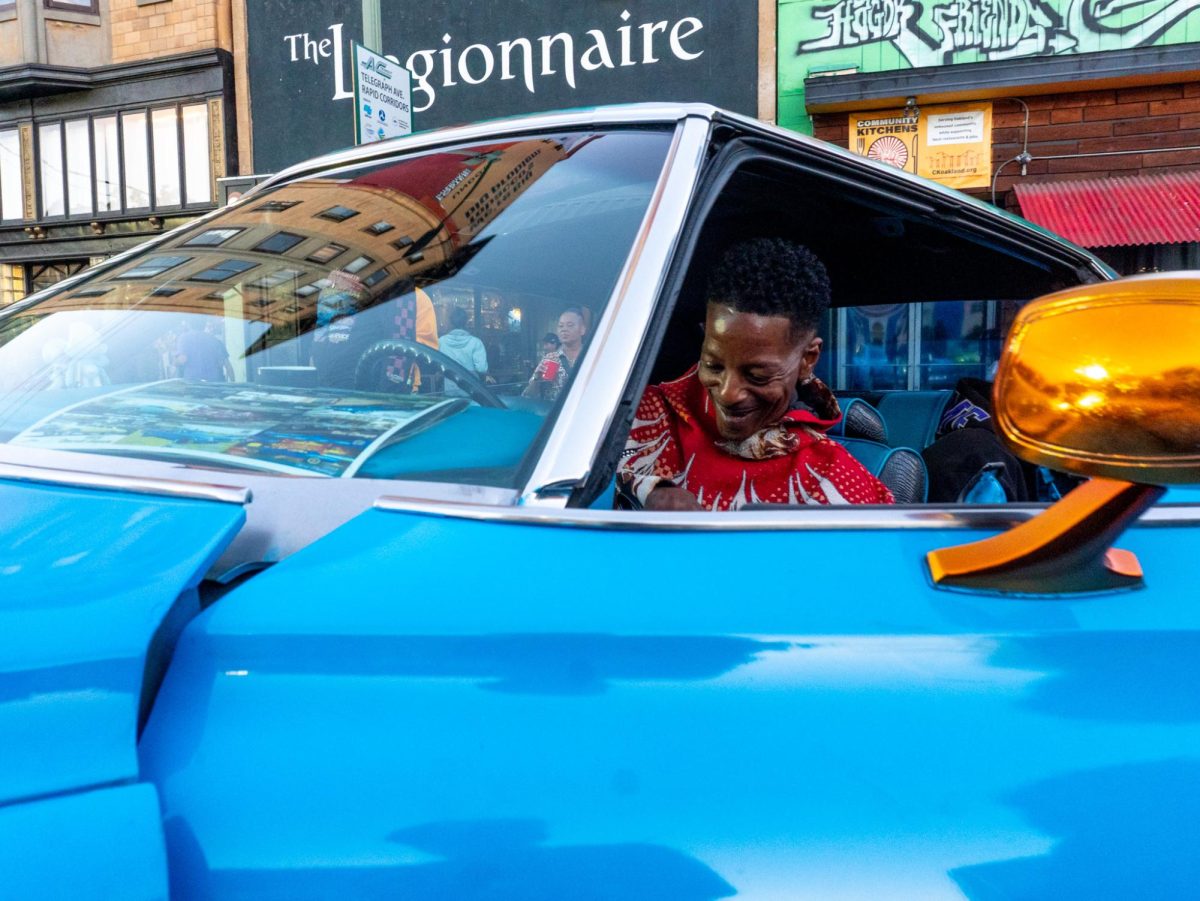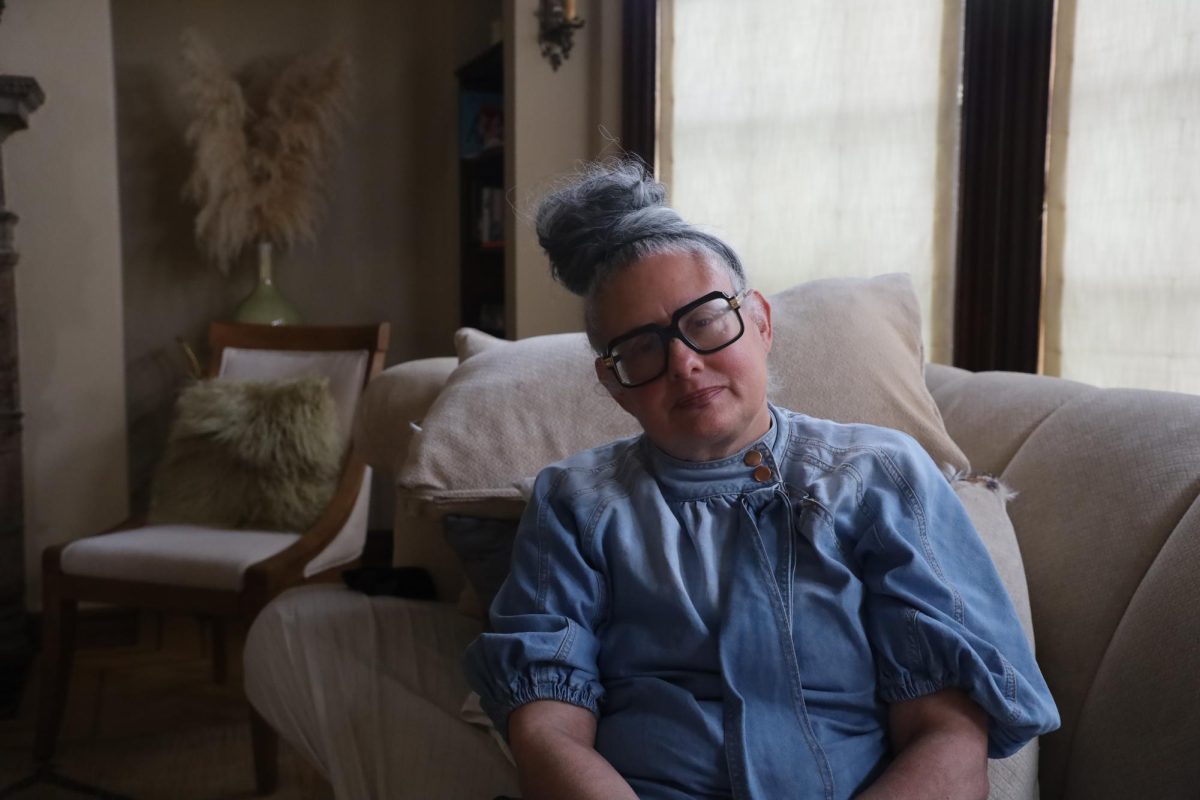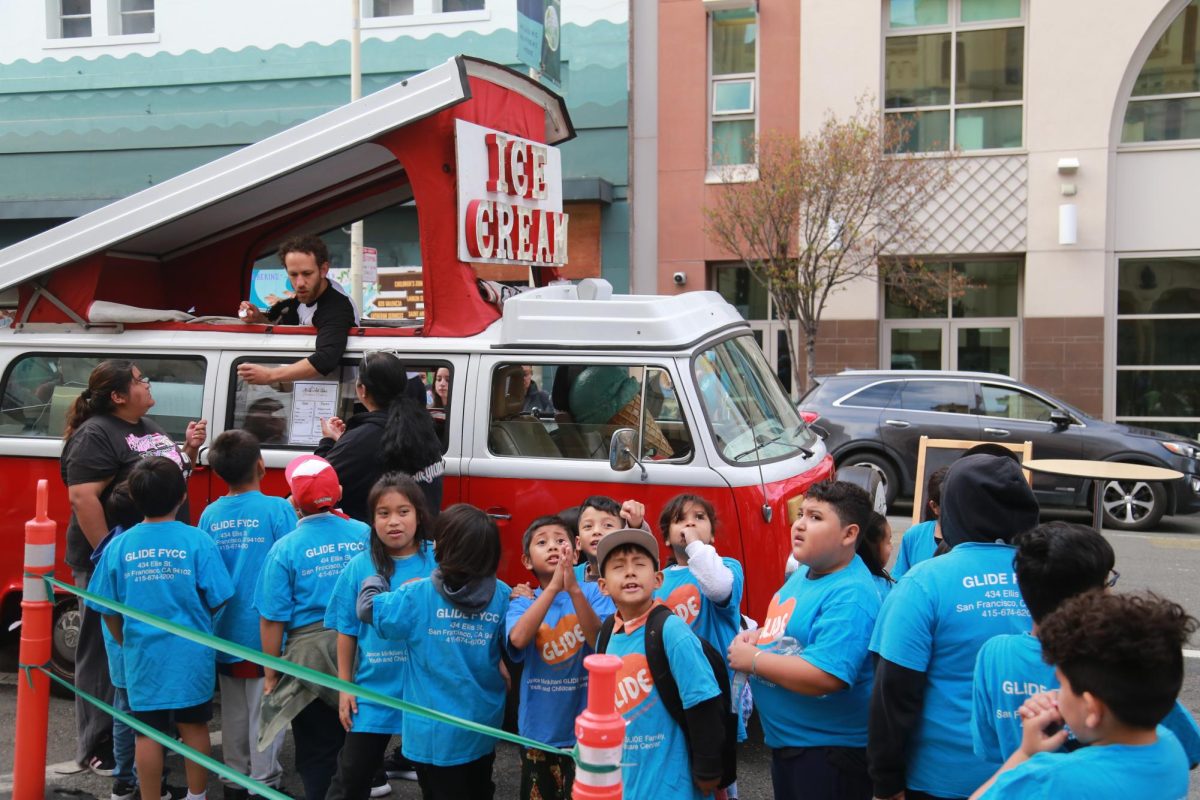By Drake Newkirk
Commuters board MUNI 702,000 times on the average weekday according to SFMTA’s 2013-2014 annual report. In 2014, MUNI had an operating budget of nearly $900 million. Transportation 2030, San Francisco’s transportation infrastructure investment program, will fund $3 billion to improve local transportation projects by 2030. Projects such as better roads, improved transit and safer streets aim to accommodate the city’s growing population.
Voters approved the Transportation and Road Improvement Bond last year. The $500 million bond will be used to address San Francisco’s most immediate transportation needs. $358 million will be allocated to MUNI. One goal is to improve reliability of MUNI’s busiest routes, 8X Bayshore Express, 38 Geary and 14 Mission. MUNI’s maintenance facility will also receive an upgrade, resulting in fewer breakdowns.
The other $142 million improves pedestrian and bicycle safety. Bikeways will be better defined so that cyclists and drivers can share the road. Pedestrian safety will be improved through street light enhancements, signals and more visible crosswalks.
In 2013, Ed Lee’s Transportation Task Force released a report identifying that the city’s current infrastructure is unsatisfactory to the current needs. The report states that procrastination of improvement projects due to limited resources has created an extensive backlog.
The task force reported that “This growing backlog has also made it more challenging for the city to maintain current levels of service and meet transportation users’ needs with older and outdated infrastructure… deferring capital investments are compounded by anticipated growth in ridership demand.”
“The Mayor’s office set up a task force to find a awy to provide long term stable transportation. This task force came up with a set of goals to compelte and meet that goal.” said Paul Rose, SFMTA spokesperson.



![[Video] No Trump, No Feds, No MAGA; San Francisco says "No Kings!"](https://xpressmagazine.org/wp-content/uploads/2025/10/Screenshot-2025-10-28-165913-1200x675.png)



